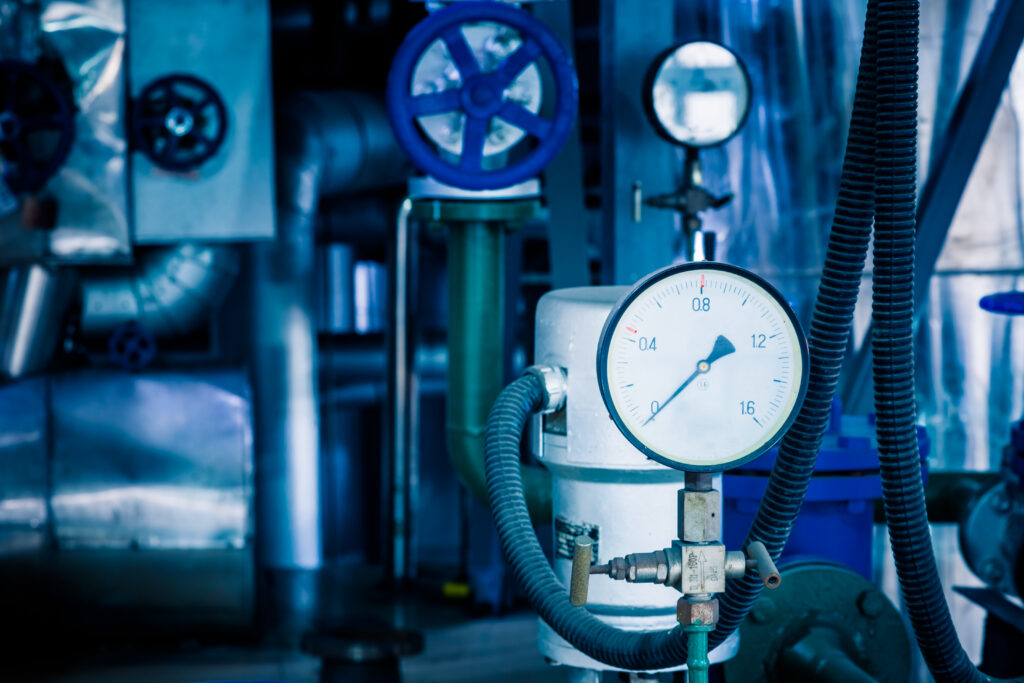Introduction
Magnetic flow meters, commonly known as mag meters, are essential tools in various industries such as water treatment, food processing, chemical manufacturing, and pharmaceuticals. These meters operate on Faraday’s Law of Electromagnetic Induction, measuring the flow of conductive liquids through a magnetic field. While mag meters are known for their high accuracy and low maintenance, like any measuring instrument, they require regular calibration to ensure continued precision and performance.
What is Mag Meter Calibration?
Mag Meter Calibration is the process of comparing the readings of a mag meter to a known standard or reference under controlled conditions. The goal is to detect any discrepancies and adjust the meter to minimize errors. Over time, environmental factors, aging components, and mechanical stress can cause slight shifts in readings, making calibration a critical part of flow meter maintenance.
Why is Calibration Important?
- Accuracy: Even a small error in flow measurement can lead to significant issues in processes, especially in industries where precise dosing or fluid mixing is required.
- Compliance: Many industries must adhere to ISO, EPA, or FDA regulations, which often require traceable calibration to national standards.
- Cost Savings: Uncalibrated mag meters can lead to overuse or underuse of materials, directly affecting operational costs and product quality.
- Reliability: Regular calibration ensures that mag meters consistently perform under different flow rates, pressures, and fluid conditions.
- Equipment Longevity: Catching minor issues during calibration can prevent major equipment failures or prolonged downtime.
How Mag Meters Work
Before diving into calibration procedures, it’s important to understand how mag meters operate. Mag meters consist of:
- Electromagnetic coils that create a magnetic field.
- Electrodes that detect the voltage generated as the fluid passes through the magnetic field.
- A flow tube where the conductive liquid flows.
When a conductive liquid flows through the magnetic field, it induces a voltage directly proportional to the velocity of the fluid. This voltage is measured and converted into a flow rate. Any shift in coil current, sensor alignment, or electronics can affect this measurement — hence the need for calibration.
Calibration Methods
There are several accepted methods to calibrate a mag meter, and the choice often depends on the application and available resources.
1. Gravimetric Calibration
This method involves collecting a known volume of liquid over a measured time and comparing it to the meter’s output. It’s the most accurate method and is commonly used in certified labs.
Pros: High accuracy, traceable to national standards.
Cons: Time-consuming and requires sophisticated equipment.
2. Volumetric Calibration
Similar to gravimetric, but measures the volume instead of the weight of the liquid. It’s slightly less accurate but more practical for field calibrations.
Pros: Easier setup, suitable for larger flow ranges.
Cons: Subject to volume measurement inaccuracies.
3. Master Meter Method
A reference meter, already calibrated and traceable to standards, is placed in line with the mag meter. The readings are compared over different flow rates.
Pros: Efficient and relatively quick.
Cons: Requires a highly accurate reference meter.
4. Simulated Signal Calibration
This involves using a calibration device to simulate flow signals directly to the mag meter’s electronics. It does not test the sensor but is useful for checking the electronics’ response.
Pros: Fast, no need for flowing liquid.
Cons: Does not test the entire system.
Field vs. Laboratory Calibration
- Laboratory Calibration is performed under controlled conditions in specialized facilities. It’s often used for new meters or when extremely high accuracy is needed.
- Field Calibration is done on-site, ensuring the mag meter functions accurately under actual operating conditions. It is ideal for routine maintenance and verification.
How Often Should Mag Meters Be Calibrated?
The frequency of calibration depends on several factors:
- Manufacturer’s recommendations.
- Criticality of the application.
- Past calibration records (historical drift).
- Industry regulations.
For most industrial applications, annual calibration is a good starting point. However, high-precision or regulated environments may require semi-annual or even quarterly checks.
Steps Involved in Calibration
- Preparation: Ensure the system is clean, operational, and all safety protocols are followed.
- Establish Baseline: Record existing readings and compare them to actual flow rates.
- Run Tests: Conduct tests at multiple flow rates to determine linearity.
- Adjustment: If discrepancies are found, adjust the mag meter settings or compensate via control system.
- Documentation: Record all findings, adjustments, and test conditions in a calibration certificate for traceability.
Common Challenges in Mag Meter Calibration
- Air bubbles or solids in the fluid affecting readings.
- Improper grounding, leading to signal interference.
- Worn electrodes or scaling inside the pipe.
- Incorrect installation, such as poor pipe alignment or turbulence.
Regular maintenance alongside calibration can minimize these issues.
Conclusion
Mag meter calibration is a vital process to ensure flow measurement accuracy, system reliability, and regulatory compliance. Whether conducted in the field or lab, calibration helps detect errors before they impact operations. By understanding how mag meters function and implementing a scheduled calibration plan, industries can achieve optimal performance, reduce costs, and maintain product quality.


